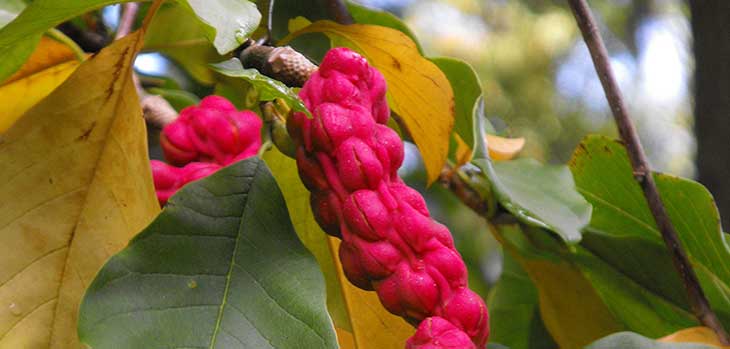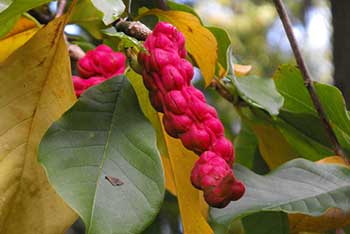An autumn walk with...
We thankfully appear to have missed the worst of any storm here at Westonbirt and although it is becoming particularly damp in some areas, autumn is very much still on!
So yesterday afternoon I journeyed out into the Old Arboretum and I can now share with you some of the autumnal treats I came across on my travels.
I headed to Morley Ride first for something of a rarity, the simple leaved Sorbus keissleri. I have been keeping a close eye on the fruits of this plant as they have developed and they are looking pretty good to me! Native to China, it is one of many introduced by Gloucestershire’s own, the legend, Ernest Wilson, in 1907. Forming something of a large shrub with us, it is one that should perhaps be a little better known.
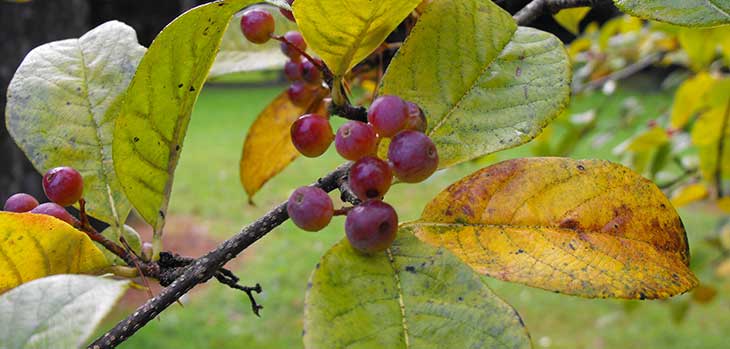
Staying with fruits, those of Virburnum dilatatum are also looking particularly good. In contrast with the (still) green foliage, they are worth seeking out on a group of plants out not far from Loop Walk near the bottom of Lime Avenue. Another species of Asian origin, though this time from Japan, it is one of many Virburnums of true horticultural value.
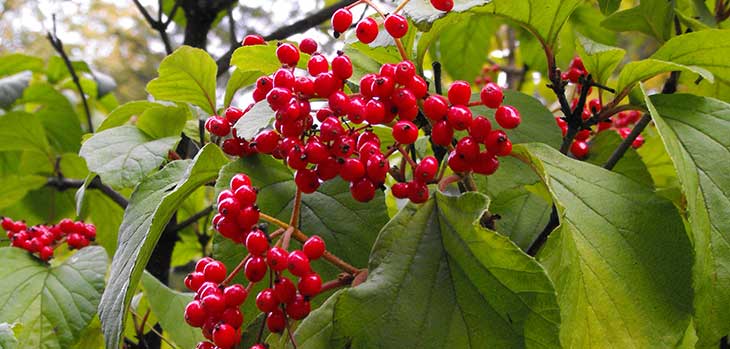
Further around Loop Walk and close to the new 2050 glade (though on the other side of the path!) is a young example of a rare maple, Acer wuyuanense. As is apparent from the photo, the cessation of chlorophyll production unmasks other pigments present in the leaf providing us with a quite beautiful display. If this performance is anything to go by, this species could really be one to look out for in future years, as well as today!!
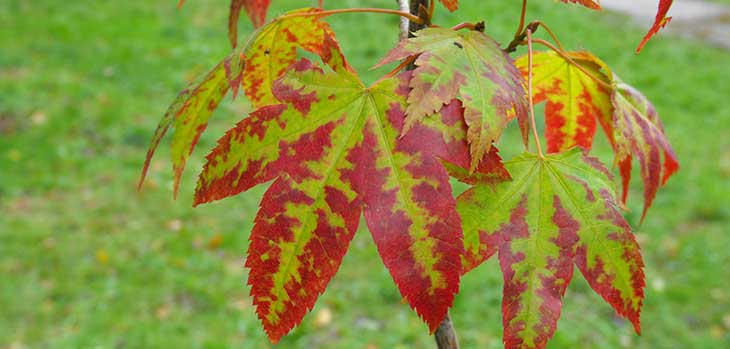
Another I am rather fond of is the purple fruited chokeberry Aronia prunifolia. A member of an underused genus, whether A. prunifolia be classed as a species in its own right or a hybrid between the red fruited chokeberry, A. arbutifolia, and the black fruited chokeberry A. melanocarpa remains a topic for discussion! Regardless, the purple fruit is an attractive feature long after the leaves have dropped, as they have now! An edible fruit, the common name alludes to it being one of the last to be taken by birds and not something more sinister, I am assured! Worth seeking out on Loop walk, this is another option for those with a small garden.

Back towards the one of the oldest parts of the Old Arboretum is a fine young example of Stewartia pseudocamellia. Stunning autumn foliage and fine bark are only two of its many attributes. This particular specimen is yet to show the latter but an older specimen close by certainly does!
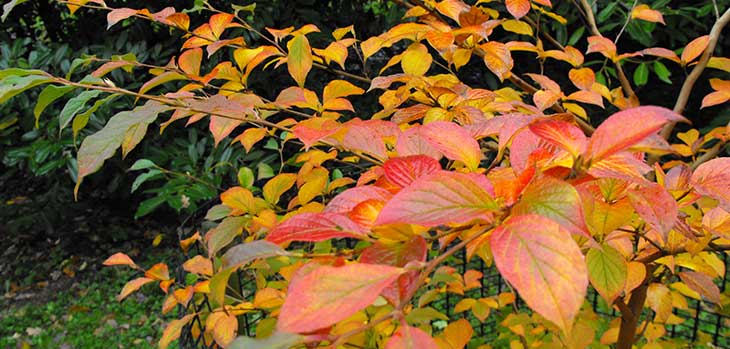
And finally for now, and not one that people immediately associate with autumn is the champion Magnolia sprengeri (you might know as diva) at the bottom of Savill Glade. The genus is rightfully renowned for its flowers in spring and summer but the fruit can be equally striking. As it was laden with flowers earlier in the year, it is now laden with fruit – come and see for yourselves!
